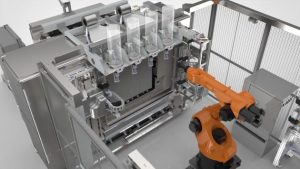
From Traditional to Phenomenal
Man’s earliest tools were actually the process of subtractive manufacturing. Say, if you want to fashion a spear, you wilt and carve away the material until you have what you want. Same with creating a bowl from a tree or a coconut, chipping away the excess before you can appreciate the final product.
It is likewise used in manufacturing prototype parts of cars or planes. The process is a worldwide standard and is how prototype products and tools are made, from the simplest and smallest to the complicated and inconceivable.
3D printing has revolutionized manufacturing, being the opposite mechanism. The technology merely requires the design of the product conceived by software to be printed layer by layer from the bottom up using the selected material. It’s called additive manufacturing, removing much of the time spent on research, prototyping and testing. It reduces cost and labor, and eliminates wastage of material.
While the traditional method is the preferred norm in mass-producing parts or tools and in which the phenomenal additive mechanism is still making advancements, not a few giant companies are exploring that possibility now. Nonetheless, 3D printing has incredible utility for small, one-off or limited production runs of models that may be otherwise costly with traditional means.
Do you have an idea?
If you have an item in mind, a part of a system, or an object you’d like to try making to learn from it, come to 3D Composites and we will design and prototype it for you. We do rapid prototyping which allows quick assembly of your envisioned design through the use of our CAD data.
We are a Seattle-based 3D printing company and very quickly can transform your idea into a 3D reality.



